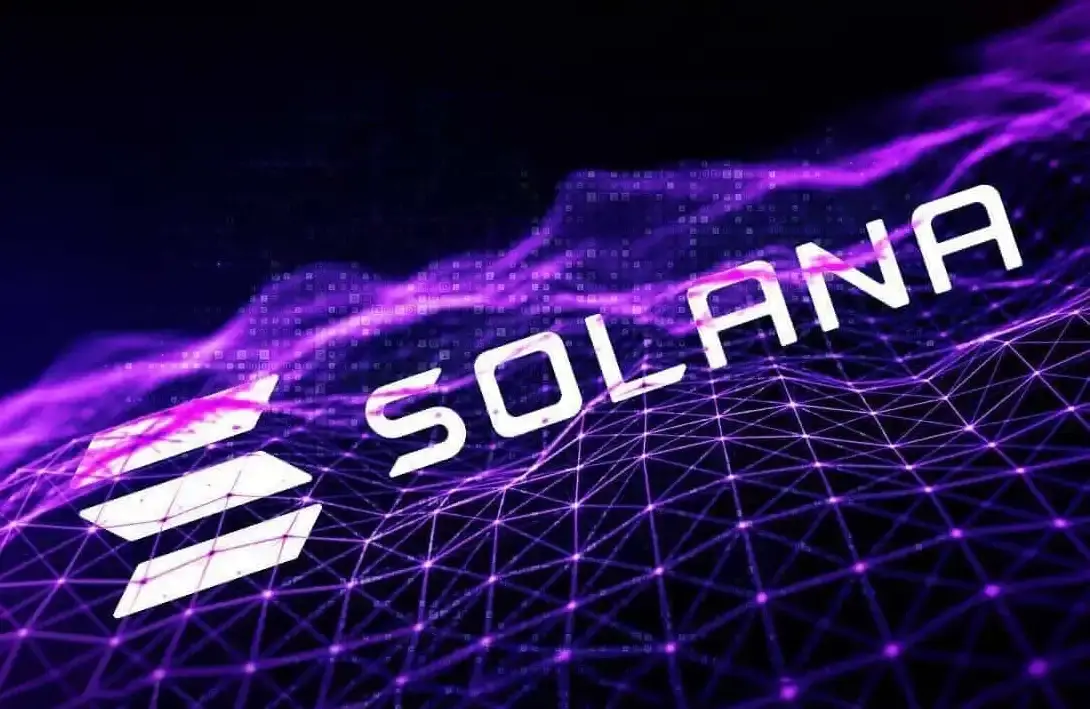FTX compensation is just around the corner: creditors with claims under $50,000 can receive a one-time payment by choosing the claims process before mid-August
Author: Nancy, PANews
The massive $16 billion payout from FTX is considered a significant buying force to boost the cryptocurrency market. Recently, the FTX restructuring plan has entered the voting phase. This article compiles key information regarding the payout timeline, claimants, and compensation plans that creditors are concerned about.
The voting window will close on August 17, with options to claim in the Bahamas or the U.S.
Recently, the official committee of unsecured creditors (UCC) of FTX announced on the X platform that FTX debtors are sending solicitations and ballots to customers and creditors through Kroll to vote on the customer claims plan. The deadline for this voting plan is set for August 17, 05:00 Beijing time, and the voting results will be announced 7 days before the hearing, with the proposed date for the confirmation hearing being October 7, 23:00 Beijing time.
These creditors are mainly divided into three types: "voting rights," "no voting rights but deemed to accept the plan," and "no voting rights but deemed to reject the plan." Specifically, users holding fiat or cryptocurrencies other than FTT will have the right to vote, while those holding only FTT/NFT will be deemed to reject the plan and will not have voting rights. Additionally, they are categorized based on the compensation entity, amount, and type, with most falling into Class 5A, Class 7A, and Class 13-18 categories.
Among them, Class 5A includes FTX.com customers with claims exceeding $50,000; Class 7A includes FTX.com customers with claims below $50,000; and Class 13-18 includes those who cannot receive any claims and have no voting rights, including equity holders, FTT holders, and small claim holders.
Both Class 5A and Class 7A FTX.com customers can choose to have their claims processed through FTX DM in the Bahamas or through the U.S., but users can only receive compensation from one of the processes, and the decision is irrevocable and cannot be changed. Regardless of which process creditors choose for their claims, they will receive approximately the same returns at the same time, provided that the plan is effective and meets all customer KYC, AML, and tax reporting requirements.
However, each compensation process has its advantages. For example, FTT/small claim holders not supported in the U.S. may receive compensation in the Bahamas process, while John Ray's U.S.-led liquidation restructuring case controls most of FTX's assets, potentially increasing the likelihood of compensation.
Additionally, in terms of taxation, non-U.S. creditors will not be subject to the 30% withholding tax in the U.S. According to documents, a special committee of non-U.S. customers, composed of international creditors, represents over 31 countries globally and has more than 60 members. As of June 28, 2024, this committee holds approximately $4.5 billion in claims for Dotcom customers (customers using the FTX.com exchange).
Class 7A creditors can receive a one-time payout, with a preference for stablecoin payments
If the bankruptcy protection plan is approved, all FTX.com customers are expected to receive full payment, with an estimated recovery of 119 to 143 cents per dollar claimed, as well as post-application interest on unpaid claims calculated at a consensus rate of 9% from the application date to the applicable distribution date. According to the claims user guide released by FTX's joint official liquidator, PwC, the first interim dividend distribution is expected to be paid by the end of 2024 or early 2025.
Among them, Class 7A claims are expected to receive a one-time payout of 119% within 60 days, with this group of creditors accounting for 98%; Class 5A claims are expected to recover between 129% and 143%, but full payment and payment of application interest will be obtained through the distribution of a supplemental relief fund, which is expected to be funded by recoveries that should have been paid to senior subordinated government creditors. From the rules, compared to Class 7A, Class 5A payouts will occur in multiple stages, and the specific timing is not clear, but they can also obtain expedited claims by agreeing to reduce their claim amount to below $50,000.
The order of compensation is also crucial for creditor interests. Previously, the IRS pushed $685 million of the $885 million claim amount to be paid after customers receive full compensation due to creditor opposition. Recently, FTX reached a settlement with the Commodity Futures Trading Commission (CFTC), with the $4 billion claim being prioritized after creditors and interest, and payments to the CFTC will be transferred to the supplemental relief fund to compensate severely harmed cryptocurrency holders (only paid if funds are sufficient).
Moreover, regarding the form of compensation, FTX creditors previously stated that cash payments would require customers to pay taxes on the cash received, and they preferred to receive distributions in stablecoins rather than cash. In response, the UCC stated that the committee would urge the debtors to offer stablecoin options to as many creditors as possible.
The UCC believes that although the restructuring plan is not perfect, it is the best option to maximize compensation for creditors. If the Chapter 11 restructuring is converted to a Chapter 7 liquidation process due to creditor opposition, it will face reduced recoveries, extended compensation timelines, and increased litigation costs; therefore, the committee encourages creditors to vote in favor of the plan.











